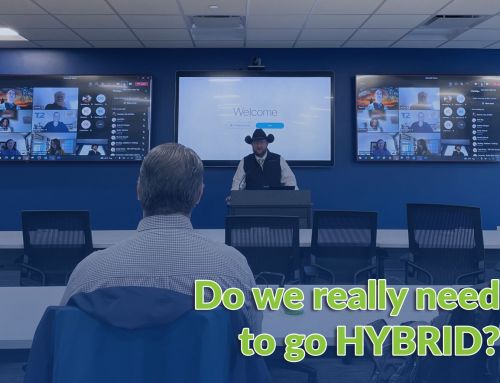 The much anticipated competition soon to play out in Super Bowl XLIX pales in comparison to the fierce competition that plays out every day in your inbox! I know I have a tough time keeping up with all the offers, deals and updates that come my way. And as an event planner, it is not lost on me that the newsletters and reminders we email for our clients are subject to the same competition. So what are some best practices or tricks of the trade we use to get our emails opened and actually read?
The much anticipated competition soon to play out in Super Bowl XLIX pales in comparison to the fierce competition that plays out every day in your inbox! I know I have a tough time keeping up with all the offers, deals and updates that come my way. And as an event planner, it is not lost on me that the newsletters and reminders we email for our clients are subject to the same competition. So what are some best practices or tricks of the trade we use to get our emails opened and actually read?
The Subject Line: Must be Exciting or at Least Relevant
I know when I get those $49 fare emails from the airlines, I almost always click. Even if I’m not planning a trip, I’m enticed enough to at least look. I realize most emails you and I send are not as exciting as a $49 airfare, but your subject line should at least explain the reason for your email (in 30 characters or less).
I recently emailed a reminder to the ITS Heartland Membership. Their annual meeting abstract deadline was approaching. Instead of a subject line that just read, “Call for Abstract Deadline” (good enough, right?), I wrote, “Monday deadline for abstracts” (even better, right?). If there is an upcoming deadline or a really exciting piece of news in your email, include the date and/or the news in the subject line.
Timing: Best Day or Time of Day to Email
It sure would be easy if there was a black and white answer to this one. Unfortunately, there isn’t. It depends on your audience and your message. Schools often send out reminders to parents on Friday afternoon after school is out for the week or Sunday evening when families are usually relaxing and planning the upcoming week. Either time would be effective for their audience, but not so much for our clients. In fact, about the only bad time to send an email is late Sunday night for receipt Monday morning. This is when competition is the fiercest. Along with your audience and message, consider the time zone. When emailing the East Coast a reminder for the next day (2 hours ahead of me), I want to make sure it is received early in my recipients’ day, not mine.
Email Frequency
Another subject that isn’t black and white. The frequency of emails certainly depends on your audience. Make sure you pay attention to your email analytics – this is necessary to gauge your audience’s preferences. According to ExactTarget, “54% of people will unsubscribe when emails come too frequently.” Determining how frequent is too frequent is the trick. Using the airline example, I would probably never tire of looking at weekly $49 airfares and dreaming of exotic travels. However, a weekly email from a retailer that didn’t have much to offer would irritate me. One rule regarding frequency is to stick to a schedule. If your subscribers registered for a monthly newsletter, send them a newsletter monthly, not weekly or biannually. And consider sending it at the same time of the month so it is expected…maybe even looked forward to.
Must be Mobile Friendly
If you think you are the only one who looks at emails on a mobile device, think again. In Quarter 3 of 2014, 53% of total email opens occurred on a mobile phone or tablet, an increase from 48% in Quarter 2 of 2014 (https://www.emailmonday.com/mobile-email-usage-statistics). Make sure your emails are not only easy to read in a mobile format, but that they are also interactive. If you are asking your recipients to act (register, update information, purchase) make sure they can easily navigate your email on their mobile device.
The good news is that most US customers prefer email marketing. Customers are able to select who they hear from, in some cases how often, and most important, they can easily opt out. For us as marketers, email is affordable, and if we pay attention, effective. Now that’s a win – win situation. Too bad the Super Bowl doesn’t work that way!
Keep on Clicking!
Amy Lucke
About the author:
Amy Lucke decided long ago, she would never stray far from the mountains and rivers of Montana. She loves sharing the outdoors with her two kids and spends most summer weekends in a 3-person tent with her four person family. She feels fortunate that she gets to write, create and collaborate with the smart and talented women of Meetings Northwest. Little known fact: She once traveled for 4 months on an around-the-world plane ticket.








